Sexual Abuse
Sexual abuse is when a child is tricked or forced to take part in sexual activities or the taking of sexual photos. It can happen in person or online, and there are two types: contact and non-contact sexual abuse.
Contact abuse involves physical sexual contact with a child’s body, including:
- Sexual touching of any part of a child’s body (whether they are clothed or not)
- Kissing
- Oral sex
- Using a body part or object to penetrate a child
- Forcing a child to take part in sexual activities
- Making a child undress or touch someone else
Non-contact abuse is sexual activity that doesn’t involve physical sexual contact, and can happen in person or online. Non-contact abuse includes:
- Exposing or flashing
- Showing pornography
- Exposing a chid to sexual acts
- Making a child masturbate
- Making, viewing, or distributing child abuse images or videos
- Tricking or forcing a child to make, view, or share child abuse images or videos
- Tricking or forcing a child to take part in sexual activities or conversations
- Sexual exploitation
Effects of Sexual Abuse
Children who are sexually abused can experience short- and long-term effects, including:
- Feelings of shame and guilt
- Difficulty coping with stress
- Post-traumatic stress
- Mental health problems, such as anxiety or depression
- Eating disorders
- Sexually transmitted infections
- Drug and alcohol problems
- Relationship problems with family, friends and in romantic relationships
- Pregnancy
- Self-harm
- Suicidal thoughts and attempts at suicide
See our Child Sexual Abuse (CSA) Strategy here.
Find out how to spot the signs of sexual abuse here.
If you are concerned about a child, please contact Front Door For Families on 01273 290400, FrontDoorForFamilies@brighton-hove.gov.uk, or use their Online Referral Form.

 If a child is in immediate danger,
If a child is in immediate danger,